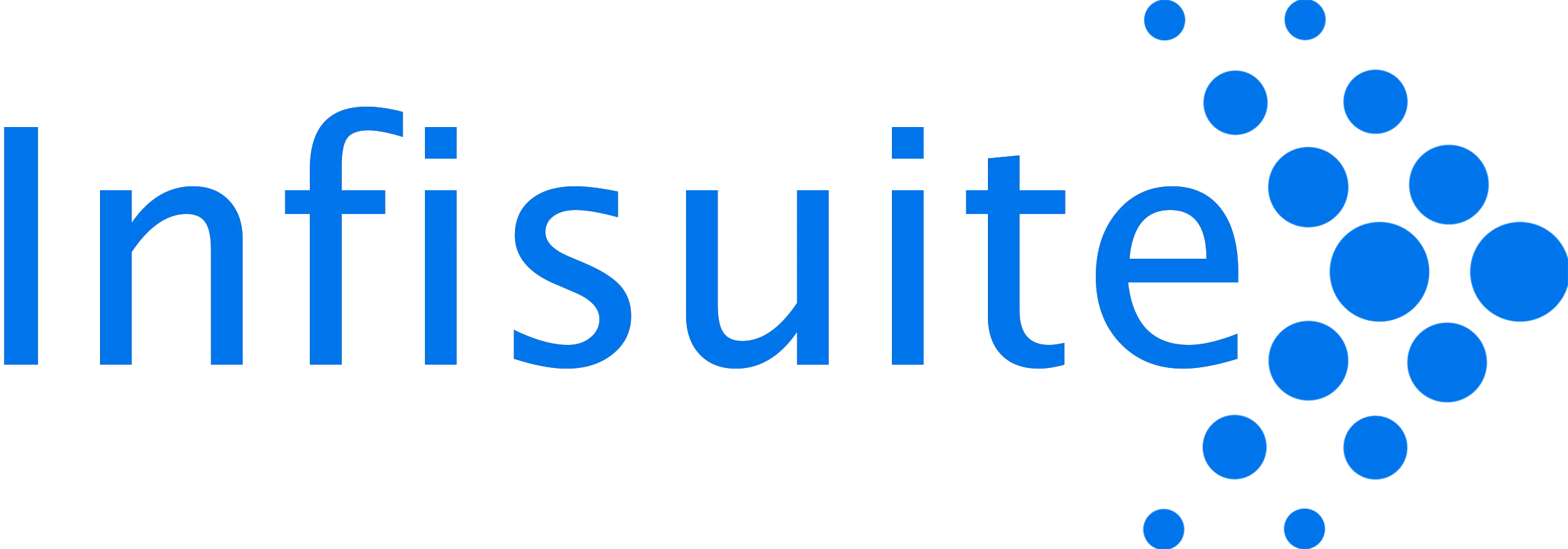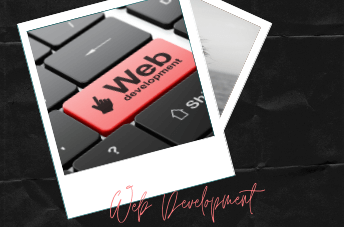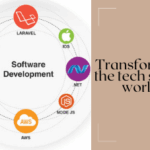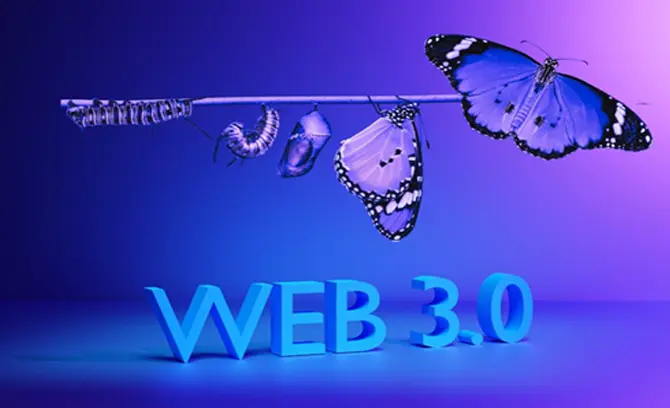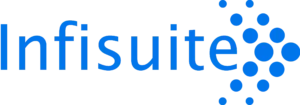The interest for web application advancement is developing as blocks and mortar organizations keep on smoothing out their central offices and capacities. As online organizations contend to arrive at more clients, produce extra salary streams, or fabricate business generosity. be that as it may, what is a web application, and how might you get one?
Web application advancement alludes to the production of utilization programming situated on remote servers and is conveyed to the client’s gadget over the Internet. Thus, a web application shouldn’t be downloaded by the client; however, it is instead gotten through an internet browser.
A web application can be an interior business framework conveyed over the web and just open to its representatives, or an online structure accessible to individuals from the public like eBay (i.e., a client confronting intuitive site that empowers you to work together on the web).
Since web applications use altered intuitive innovations to convey a more modern and intelligent client experience than ordinary sites, this customization additionally implies that web applications are commonly composed without any preparation, as opposed to based on the head of outsider internet business or CMS stages. Moreover, it means that it’s unrealistic to make web applications with only HTML; instead, they require extra ‘customer-side’ innovation, including Java, JavaScript, AJAX, CSS, jQuery, and HTML5.
As a rule, HTML, CSS, JavaScript, and AJAX are utilized for the UI; HTML5 for improved client experience; a web-programming language, for example, ASP.NET or PHP to convey bespoke usefulness; and a database to dependably store a wide range of data including use measurements, client/client information, and application-explicit prerequisites.
As you would expect, the customization required commonly makes web applications very muddled, so the testing procedure for web applications will, in general, be similarly broad.
What is the Best Technology for Web Application Development?
Web application advancement can use a scope of innovations, contingent upon the necessities of the application. These include: AJAX (Asynchronous JavaScript and XML), ASP (Microsoft Web Server (IIS) Scripting language), ASP.NET (Microsoft’s Web Application Framework – the replacement of ASP), ActionScript, CSS (Cascading Style Sheets), ColdFusion (Adobe’s Web Application Framework), CGI, HTML5 (Hypertext Markup Language), Java, JavaScript, JSP, Node.js, OSGI, Perl, PHP, PSGI, Python, Ruby – the rundown goes on.
A portion of these are customer side scripting innovations, (for example, HTML5, CSS, JavaScript, Ajax). Others are server-side scripting advancements, (for example, ASP, ASP.NET, Python, and so on.).
In case you don’t know which innovation stack to decide for a web application, don’t stress. There are program libraries and structures that can be utilized to make the activity substantially more agreeable. They permit engineers to effectively add or alter functionalities to a casing or particular sort application.
Utilizing a system gives an effective method to assemble present-day applications rapidly that work perfectly, without the need to redistribute costly designer muscle or new experience.
Systems for Web Application Development
Web Application Frameworks are sets of program libraries, segments, and devices composed in an engineering framework to permit designers to manufacture and keep up complex web application ventures utilizing a quick and proficient methodology. They empower engineers to make convincing and intuitive web applications rapidly because a significant part of the difficult work is now accomplished for them.
Such structures are intended to smooth out programming and limit the testing required, since reusable codes are utilized for standard capacities and classes, in this way decreasing potential programming blunders. Consequently, a web application structure can be thought of as a designer toolbox for building custom web applications.
